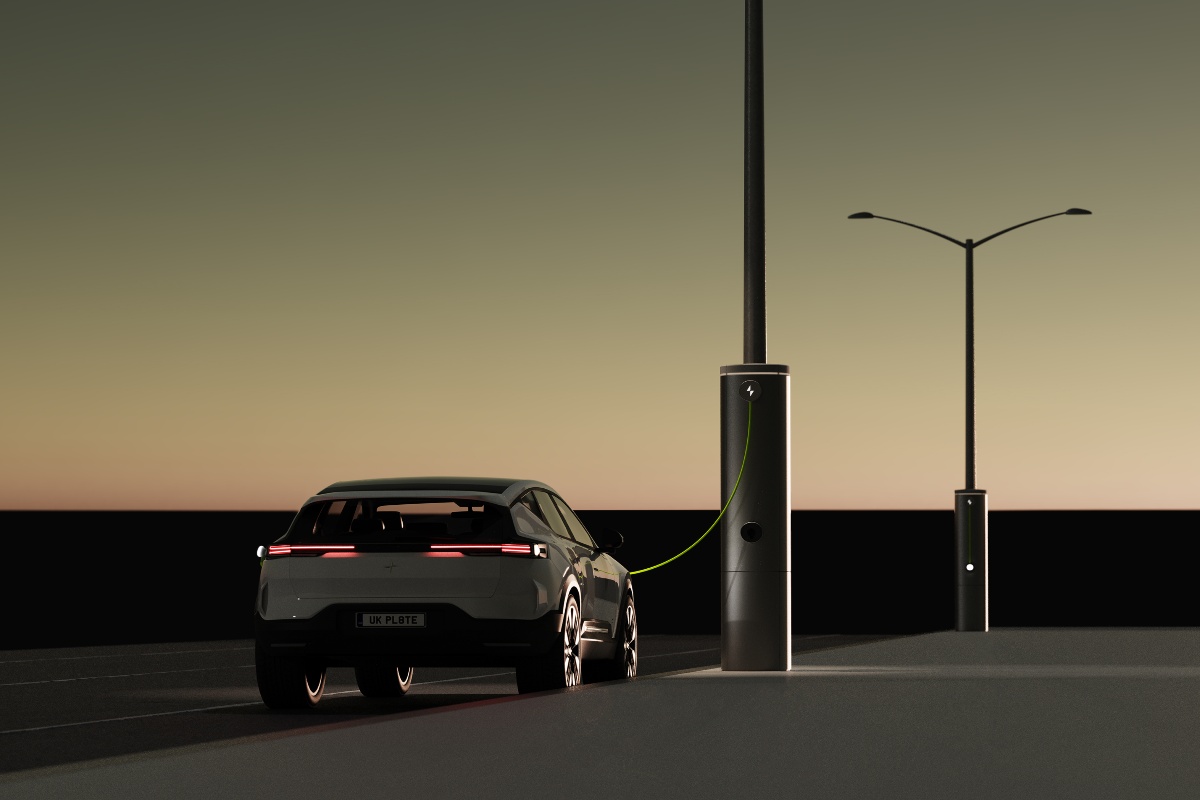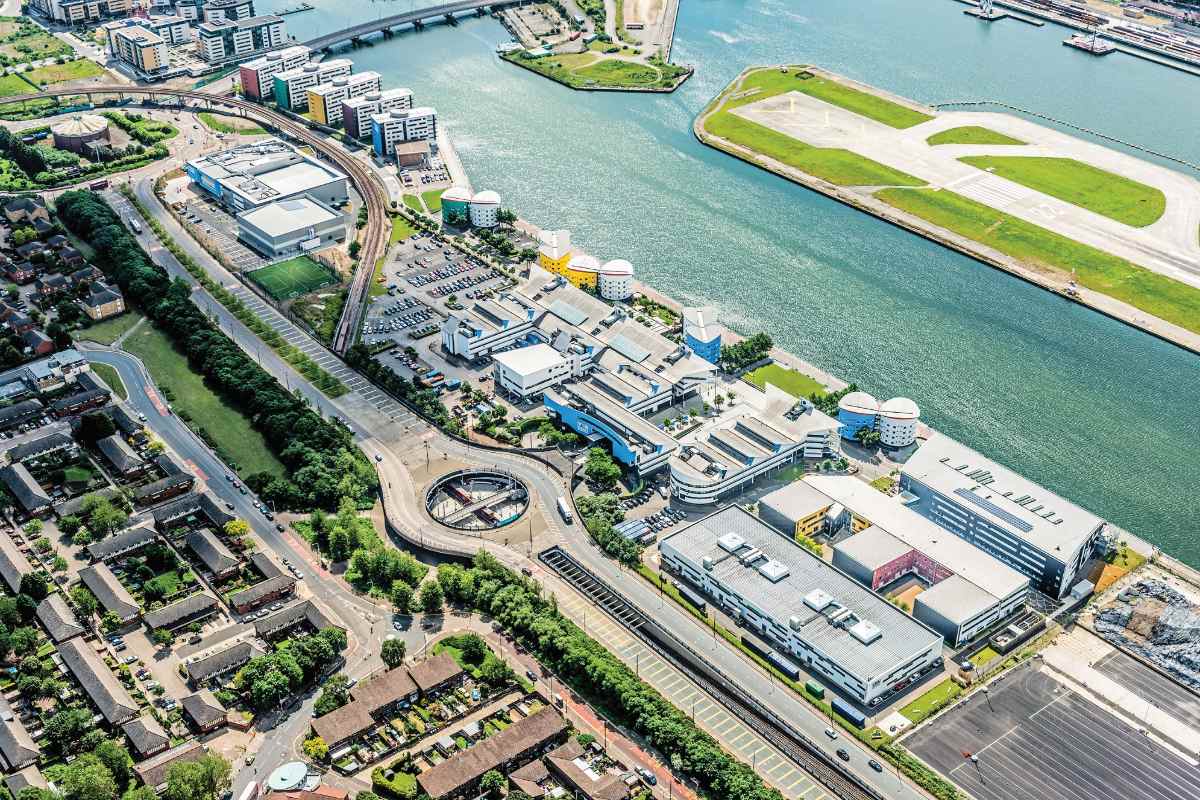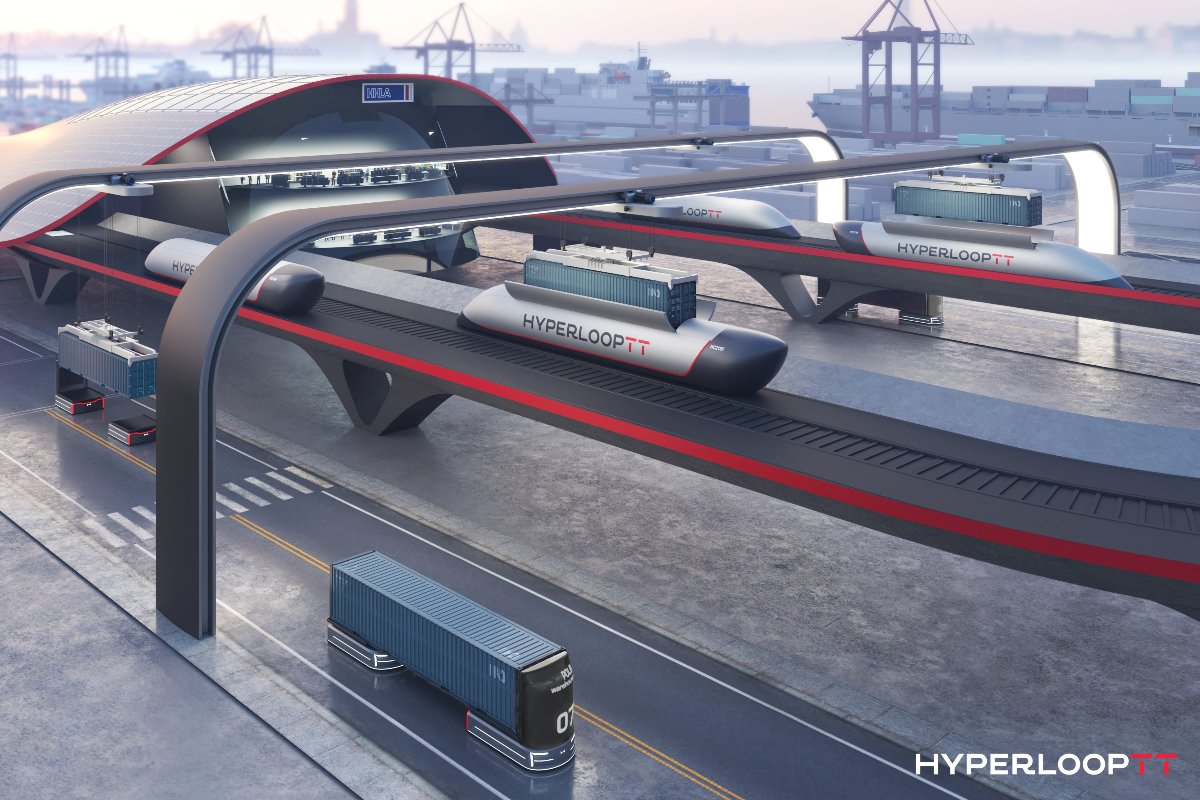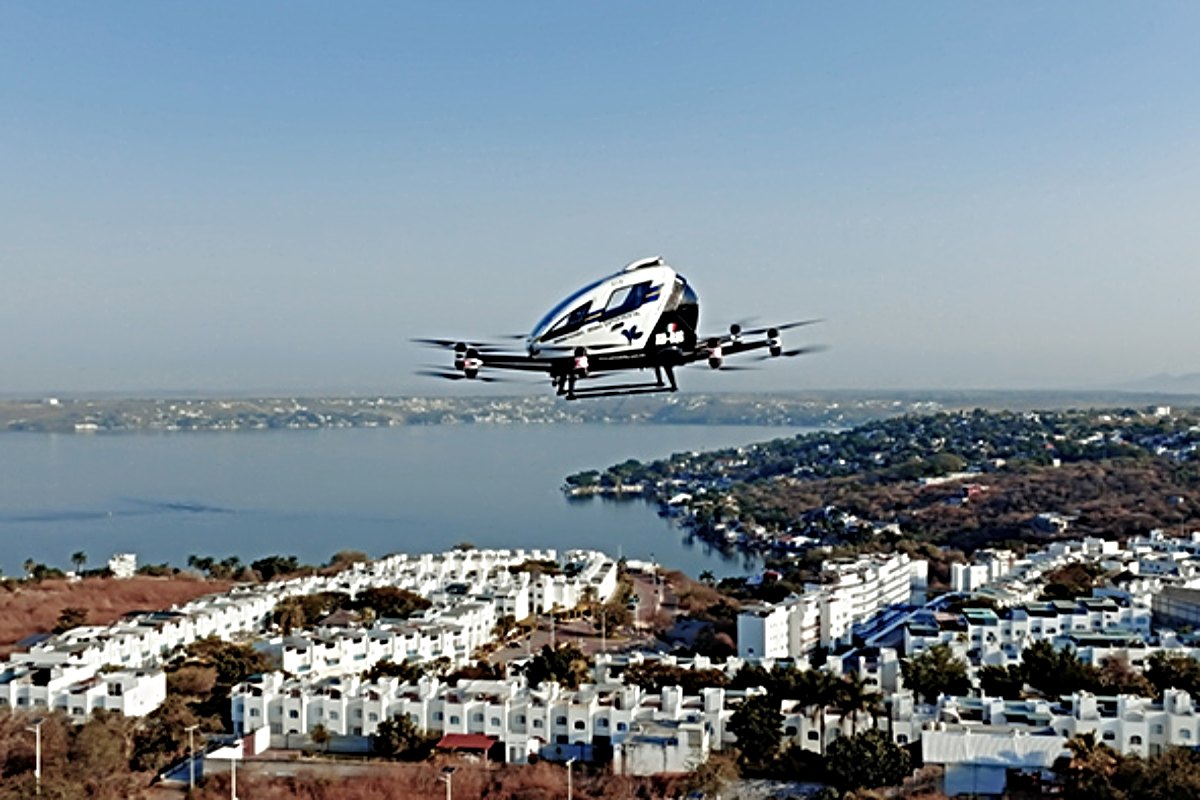Special Reports
SusHi Tech Tokyo 2024: experience ‘Tokyo 2050’ todaySponsored by The SusHi Tech Tokyo 2024 Showcase Program Executive Committee
Why buses will be the catalyst for electrified public transport
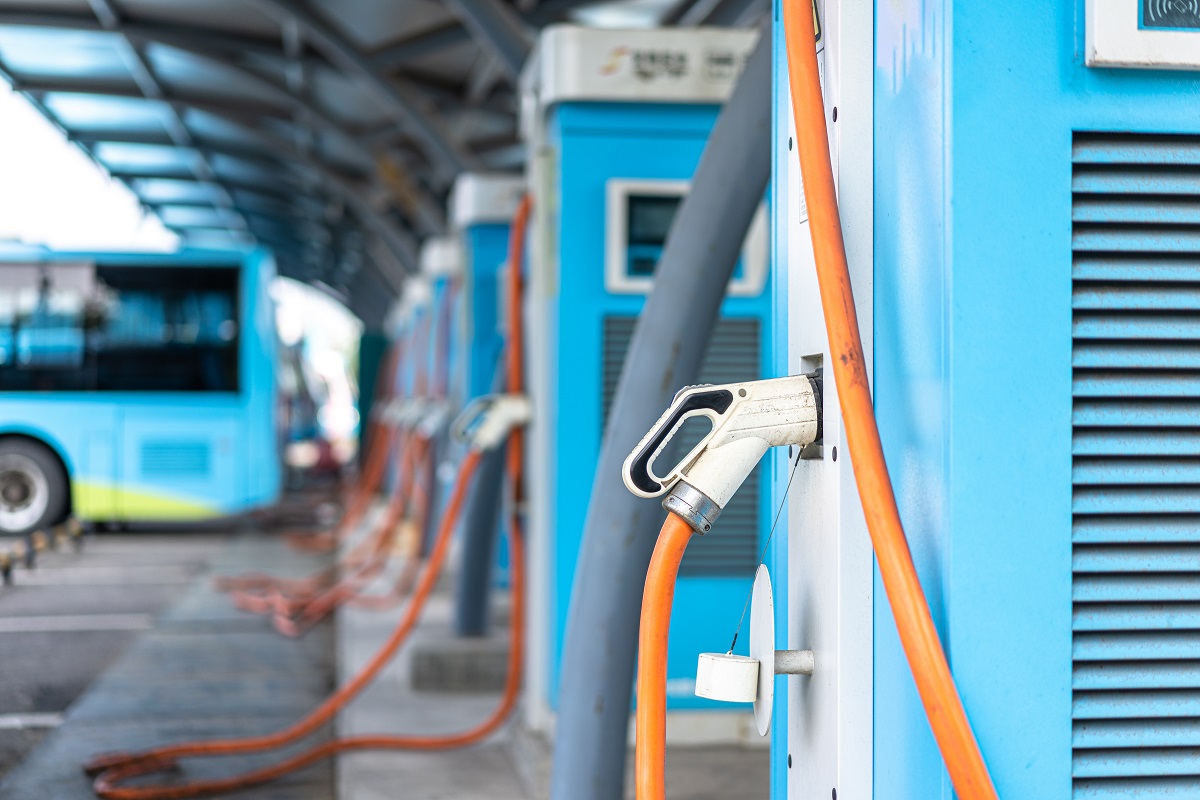
Transportation is responsible for about a quarter of global emissions. Whilst public transport, especially buses, make up a small portion of this, they are a vital component in a city’s electrification process and have become a key priority in light of emission reduction targets throughout Europe. Electrification of the public fleet will be driven by the transit sector, dominated by the buses that connect cities. China is a good example of where this is happening very quickly.
In Shenzhen, China, the world’s first fully electrified bus fleet is already in operation. The city’s 16,000 electric buses have led to quieter, cleaner streets and despite the electricity production makeup of China, which is heavily reliant on coal, the city’s busses have seen around 48 per cent less carbon dioxide emitted into the atmosphere.
This shift is not just happening in China, however. In 2018 the European electric bus market increased by 48 per cent compared to 2017, and the year 2019 saw a trebling in the number of electric bus registrations in Western Europe. In 2020, despite the numerous lockdowns taking place across the continent, the battery-electric bus market increased by a further 22 per cent. This growth is only going to accelerate as we get back to the new normal and as more cities join the charge towards becoming carbon neutral.
In an interview, Aleksandra O’Donovan, Head of Electrified Transport at BloombergNEF highlighted that they “now expect municipal buses to go electric faster than any other segments of road transport, with e-buses comprising over 67 per cent of the global bus fleet in 2040...We expect municipal e-buses to rise from 417,000 units in 2019 to over 645,000 units in 2025 (about 39 per cent of the global municipal bus fleet)”.
The reason for the rapid shift is largely down to two factors. Firstly, the availability and wide choice of EV buses on the market for sale and secondly, the environmental and cost reduction driven mindset of city officials who want to make their cities green, something the bus companies then have to deliver on.
Large fleets can be expensive to fuel and maintain. Electric vehicles offer significant advantages when it comes to fuelling and maintenance costs. Electricity is less expensive than fossil fuels at baseline, but electric fleets also bring with them the benefit of sophisticated energy management tools that enable additional savings.
Because electric fuelling is easily connected with other systems, such as telematics and route planning tools, fleet managers can optimise fuel timing and power use to lower costs. Charging can be scheduled when electricity rates are low and fleets can set power ceilings to avoid expensive utility demand charges. Smart charging blends cost optimisation with peace of mind, ensuring that electric fleets are always charged and ready when needed at the lowest cost possible.
According to the Alternative Fuels Data Centre, electric vehicles also typically require less maintenance than conventional vehicles for several reasons. The battery, motor and associated electronics require little to no regular maintenance, there are fewer expensive fluids to change, brake wear is significantly reduced due to regenerative braking and there are far fewer moving parts relative to a conventional ICE engine.
Reduced maintenance can keep vehicles in service longer and extend their utility, reducing the total cost of ownership. This is something that has already been proven by the Shenzhen Bus Group, the largest of the three bus companies in the city, who estimate that an electric bus costs approximately $98,000 annually, compared to $112,000 for a diesel bus.
Switching on
However, achieving the complete electrification of buses is no easy feat. Electric buses require large amounts of electrical energy and significant investment in charging infrastructure. Cities must be prepared to invest in technologies that support sustainable clean transport as well as ensure their electric grids can meet the increased demand. Therefore, policy and private businesses must work hand-in-hand to achieve the electrification of public transport.
Cities must be prepared to invest in technologies that support sustainable clean transport
An example of this cooperation working is seen in the work done by the Santa Clara Valley Transportation Authority (VTA). It has been a pioneer in bus fleet electrification in the United States, working with a $3 million Vehicle-Grid Integration grant from the California Energy Commission, VTA has partnered with organisations including Proterra, Kisensum, Energy Solutions, Prospect Silicon Valley.
By investing early in power management features, its fleet managers can schedule charging during off-peak hours and avoid expensive “demand charges” and lower its draw from the grid, reducing the overall cost of electrification as any expansion of power provision was lowered.
Programs like the VTA pilot highlight the increasing inevitability of e-mobility. As more countries, cities and municipalities electrify their bus fleets to meet sustainability goals, save money and reduce pollution, more charging infrastructure becomes available to the public. Millions of new drivers are being exposed to the advantages of EVs (including savings on fuel and maintenance costs), and the barriers to adoption are quickly going the way of the dinosaur.










